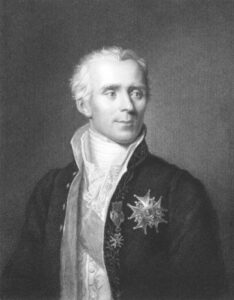Over the years, the Bayesian approach has gained popularity and made significant strides in various fields such as machine learning, data analysis, bioinformatics, and complex modelling. It has been widely used to model the global evolution of the COVID-19 pandemic. It is often preferred over the frequentist approach due to its ability to incorporate prior knowledge about the phenomenon under study. In particular, it automatically provides credible regions for the model parameters, which makes it easier to interpret the results.
Bayesian statistics is named after the English mathematician Thomas Bayes (1701-1761), who established his famous Bayes’ inequality. Bayes was primarily focused on solving probabilistic problems, and his inequality, along with most of his notes, were published two years after his death thanks to the contributions of the English mathematician Richard Price (1723-1791). The Bayesian approach as a statistical problem-solving tool was popularised in the late 18th to the early 19th centuries by the French mathematician Pierre-Simon Laplace (1749-1827).
Despite its popularity, the classical Bayesian approach faces some challenges, including instability caused by outliers or contaminated data within the dataset. This instability can also be due to the fact that the statistical model offers a simplified version of the complex real-world phenomenon under study. To address these issues, Prof. Yannick Baraud from the Department of Mathematics proposed a modified version of the renowned Bayesian approach. He demonstrates that this new approach remains stable even under model misspecification and in the presence of a small portion of undesirable data within the dataset, while preserving some of the nice properties of the classical Bayesian approach. This work has been published in the mathematical journal « Probability and Related Fields » which is ranked amongst the highest within the category of probability and statistics.
Article “From robust tests to Bayes-like posterior distributions“, Probability Theory and Related Fields, July 2023
Picture: portrait of Pierre-Simon Laplace, ©istock
